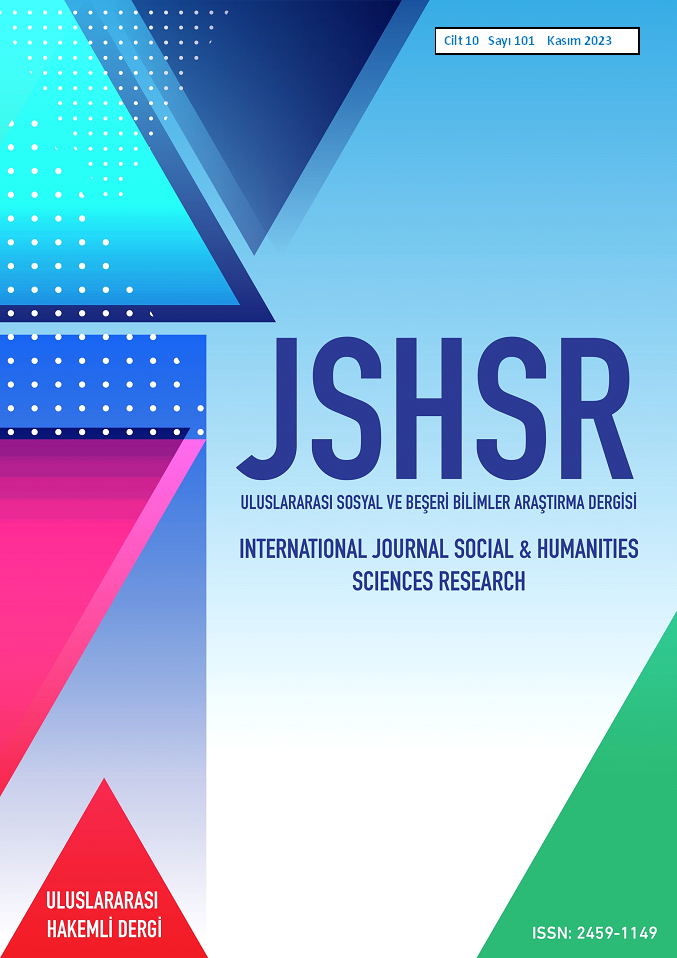Chicory And Its Uses In Ottoman Medical Literature
DOI:
https://doi.org/10.5281/zenodo.10253521Keywords:
Chicory, Traditional Medicine, Ottoman Medicine, Ottoman PharmacyAbstract
The medical understanding of the Ottoman period was shaped by the legacy of ancient civilizations and the transmission of medical knowledge. This tradition was adopted by the Seljuk and Ottoman Empires to convey and develop the teachings of Greek, Arab, and Persian physicians in their languages. The medical works contained the teachings of Greek physicians such as Hippocrates, Galen, and Dioscorides in Arabic and Persian languages, but Turkish was popularized as the language of science in the Ottoman period. In the research, these works were translated into Turkish, and information was given about the use of chicory in Ottoman medicine. Chicory was considered an important plant in Ottoman medicine, and it was mentioned in many works in the Ottoman medical literature. Chicory was used as an important source of healing in the Ottoman palace, and it was frequently found in pharmacy records and palace medicine. The different types of chicory, their characteristics, and their uses were discussed in detail. In particular, detailed information was given on bostani and berri chicory types. It is seen that chicory had an important place in the Ottoman medical literature and it was examined in detail in various works. The medical uses, antidote properties and role in the treatment of various diseases of this plant are of great importance.
References
Abdullah, İ. b. (2016). Ala'im-i Cerâhim (Cerrah-name). İstanbul: Türkiye Yazma Eserler Kurumu Başkanlığı Yayınları.
Akdur, R. (2006, Kış). Sıtma Salgınları Tarihi. Bilim Tarihi Araştırmaları, (2), s. 1-11.
Altıntaş, A. (2006). Osmanlı Tıbbında Gül. Osmanlılarda Sağlık, 1(78), 77-83.
Baytop, T. (2001). Türk Eczacılık Tarihi. (A. Mat, Dü.) İstanbul Üniversitesi Yayınları.
Baytop, T. (2007). Türkçe Bitki Adları Sözlüğü. Türk Dil Kurumu Yayınları.
Efendi, S. İ. (2019). Nizamü'l-Edviye. (M. B. Aydın, & S. Murad, Derleyiciler) Türkiye Bilimler Akademisi.
Gültekin, E. (2019). Sabuncuoğlu Şerefeddin’in Cerrahiyye-i İlhaniye Adlı Eserinde Fasd, Hacamat ve Sülük Tedavisi. Darülfünun İlahiyat(30), s. 129-150.
Gümüşhanevi, A. Z. (1980). Râmûz-ul Ehadis. (N. Erdoğan, Çev.) Pamuk Yayınları.
Güven, M. (2005). Abdülvehhab Bin Yusuf'un Müntahab-ı Fi't-tıbb'ı (Dil İncelemesi-Metin-Dizin). (Doktora Tezi). Denizli: Pamukkale Üniversitesi, Sosyal Bilimler Enstitüsü, Türk Dili ve Edebiyatı Anabilim Dalı.
Murad, İ. b. (2007). Edviye-i Müfrede. (M. Canpolat, & Z. Önler, Çev.) Türk Dil Kurumu Yayınları.
Murad, S. (2018). Müellifi Bilinmeyen Bir Tıp Sözlüğü. Rumeli Dil ve Edebiyat Araştırmaları Dergisi, 12, s. 35-67.
Önler, Z. (2020). Tarihsel Tıp Metinleri Sözlüğü. Türk Dil Kurumu Yayınları.
Özdemir, G. (2018). Hekim Beşir Çelebi, Mecmu'atü'l-Fevaid (Giriş-İnceleme-Çeviri-Yazılı Metin-Dizin). (Doktora Tezi). Sivas: Sivas Cumhuriyet Üniversitesi, Sosyal Bilimler Enstitüsü, Türk Dili ve Edebiyatı Anabilim Dalı.
Parlatır, İ., Gözaydın, N., Zülfikar, H., Aksu, T. ,., Türkmen, S., & Yılmaz, Y. (1998). Türkçe Sözlük (9 b., Cilt 1). Türk Dil Kurumu.
Paşa, C. H. (1990). Müntahab-ı Şifa. (Z. Önler, Derleyici) Türk Dil Kurumu Yayınları.
Sina, B. İ. (1937). Hindiba Risalesi. (A. S. Ünver, Dü.) İstanbul Üniversitesi Tıp Tarihi Enstitüsü.
Şehsuvaroğlu, B. N. (1970). Eczacılık Tarihi Dersleri. Hüsnütabiat Basımevi.
Şerif, İ. (2017, Mayıs). Yadigâr. (M. Çekin, Dü., O. Sakin, Y. Okutan, D. Koçer, M. Yıldız, Çev., & O. Sakin, Derleyici) Merkez Efendi Geleneksel Tıp Derneği.
Şirvani, M. b. (2004). Mürşid (Göz Hastalıkları). (A. H. Bayat, & N. Okumuş, Dü) Atatürk Kültür Merkezi Yayınları.
Terzioğlu, A. (1992). Helvahane Defteri ve Topkapı Sarayında Eczacılık. Arkeoloji ve Sanat Yayınları.
Ünver, A. S. (1952). Türkiye Eczacılık Tarihi. Hüsnütabiat Basımevi.
Downloads
Published
How to Cite
Issue
Section
License
Copyright (c) 2023 INTERNATIONAL JOURNAL OF SOCIAL HUMANITIES SCIENCES RESEARCH

This work is licensed under a Creative Commons Attribution 4.0 International License.


